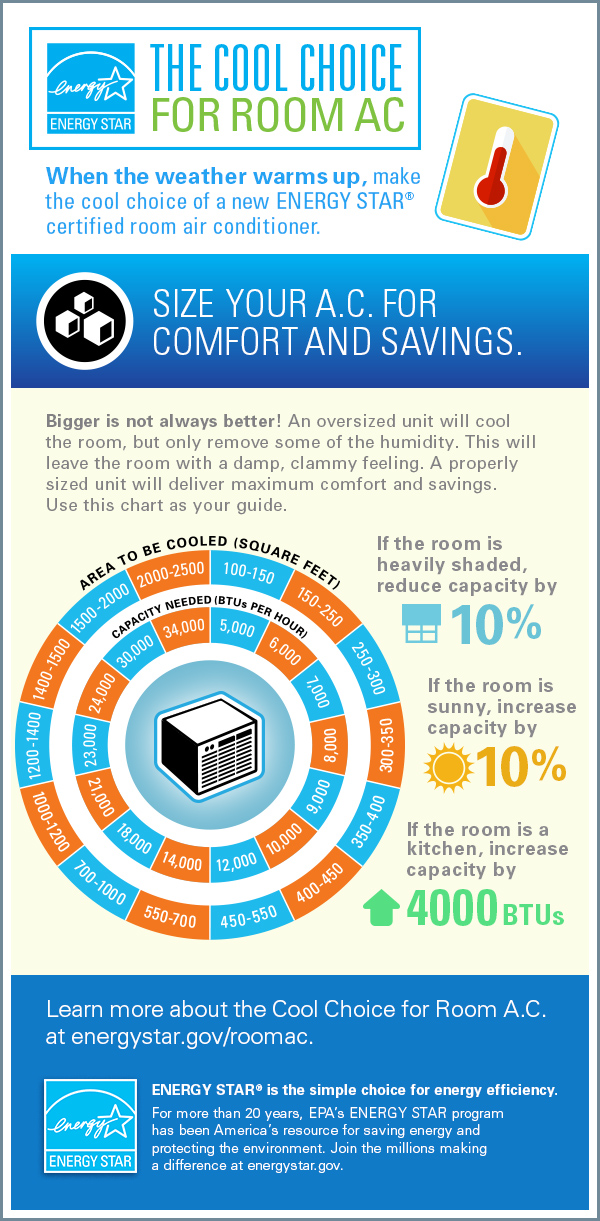The Ultimate Guide To Comprehending Heat Pumps - Just How Do They Work?
The Ultimate Guide To Comprehending Heat Pumps - Just How Do They Work?
Blog Article
Authored By-Blanton Best
The very best heatpump can conserve you considerable amounts of cash on power bills. They can also help reduce greenhouse gas discharges, particularly if you make use of electricity in place of nonrenewable fuel sources like gas and heating oil or electric-resistance heating systems.
Heatpump work very much the same as a/c do. This makes them a viable alternative to traditional electrical home furnace.
How They Function
Heatpump cool homes in the summertime and, with a little assistance from electricity or gas, they provide a few of your home's home heating in the winter months. They're a great alternative for individuals who want to lower their use of nonrenewable fuel sources yet aren't prepared to change their existing furnace and air conditioning system.
They depend on the physical fact that also in air that seems also chilly, there's still energy existing: cozy air is always relocating, and it wishes to move right into cooler, lower-pressure environments like your home.
The majority of power STAR certified heatpump run at near to their heating or cooling capability throughout a lot of the year, reducing on/off biking and saving energy. For the best performance, concentrate on systems with a high SEER and HSPF score.
The Compressor
The heart of the heatpump is the compressor, which is likewise referred to as an air compressor. This mechanical flowing gadget uses prospective power from power creation to raise the stress of a gas by decreasing its volume. It is different from a pump because it just services gases and can't deal with fluids, as pumps do.
Atmospheric air gets in the compressor with an inlet shutoff. It circumnavigates vane-mounted arms with self-adjusting length that split the interior of the compressor, developing several tooth cavities of differing dimension. The blades's spin forces these tooth cavities to move in and out of stage with each other, pressing the air.
The compressor attracts the low-temperature, high-pressure cooling agent vapor from the evaporator and presses it into the hot, pressurized state of a gas. This procedure is duplicated as needed to supply home heating or air conditioning as required. https://www.bobvila.com/articles/how-long-do-washers-and-dryers-last/ contains a desuperheater coil that reuses the waste warmth and adds superheat to the cooling agent, transforming it from its fluid to vapor state.
The Evaporator
The evaporator in heatpump does the same point as it carries out in fridges and a/c unit, transforming liquid cooling agent right into an aeriform vapor that gets rid of warmth from the room. Heatpump systems would certainly not work without this vital tool.
This part of the system is located inside your home or building in an interior air handler, which can be either a ducted or ductless unit. It includes an evaporator coil and the compressor that compresses the low-pressure vapor from the evaporator to high pressure gas.
Heatpump take in ambient warm from the air, and afterwards use electrical energy to move that heat to a home or business in heating mode. That makes them a great deal much more power effective than electrical heating systems or heating systems, and due to the fact that they're using tidy electricity from the grid (and not shedding fuel), they also create much fewer discharges. airconditioner service 's why heat pumps are such terrific ecological selections. (In addition to a huge reason they're coming to be so popular.).
The Thermostat.
Heat pumps are excellent choices for homes in cool environments, and you can utilize them in mix with standard duct-based systems or even go ductless. They're a wonderful alternate to nonrenewable fuel source heater or traditional electrical furnaces, and they're a lot more sustainable than oil, gas or nuclear HVAC tools.
Your thermostat is one of the most vital element of your heat pump system, and it functions really in a different way than a conventional thermostat. All mechanical thermostats (all non-electronic ones) job by using materials that transform size with increasing temperature level, like curled bimetallic strips or the increasing wax in a car radiator valve.
These strips consist of 2 different kinds of steel, and they're bolted with each other to develop a bridge that completes an electrical circuit attached to your HVAC system. As the strip gets warmer, one side of the bridge expands faster than the other, which creates it to bend and signify that the heating system is required. When the heatpump is in heating mode, the reversing shutoff turns around the flow of refrigerant, to ensure that the outside coil currently functions as an evaporator and the interior cylinder becomes a condenser.